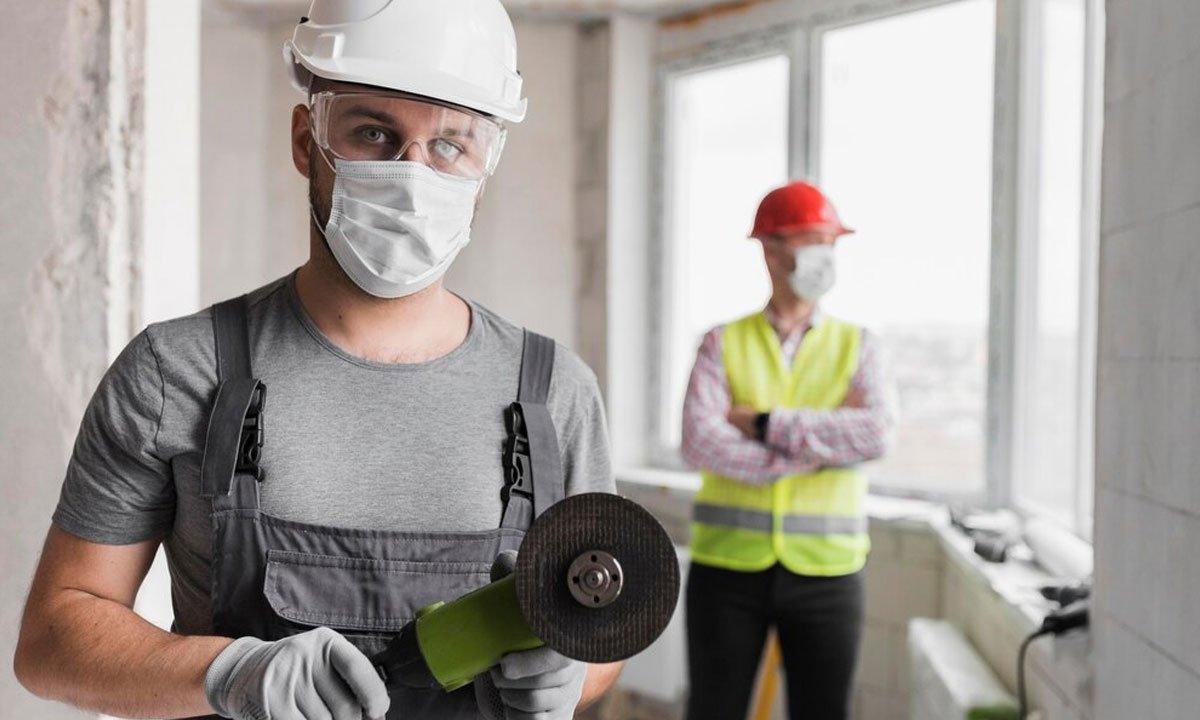Understanding Asbestos and Its Dangers
Asbestos is a naturally occurring mineral that was once widely used in building materials due to its strength and resistance to heat and fire. However, it has since been discovered that asbestos poses significant health risks when its fibers become airborne and are inhaled. Exposure to asbestos can lead to serious illnesses such as asbestosis, lung cancer, and mesothelioma. Because of these dangers, it is essential to manage asbestos properly, especially in buildings constructed before the dangers of asbestos were fully understood. For those in London, conducting a London Asbestos Survey can be a critical step in identifying and managing asbestos-containing materials safely and effectively.
Why Asbestos Surveys Are Necessary
The primary purpose of an asbestos survey is to identify and assess the presence of asbestos-containing materials (ACMs) in a building. This is a crucial step in ensuring the safety of occupants, whether they are residents, employees, or visitors. Asbestos surveys are necessary because they provide a clear understanding of where asbestos is located, its condition, and how it may be safely managed or removed. Without such surveys, there is a risk that asbestos could be disturbed, releasing dangerous fibers into the air.
Types of Asbestos Surveys
Different types of asbestos surveys are designed to meet specific needs depending on the situation.
- Management Surveys: These are the most common type of asbestos survey and are required in non-domestic buildings to ensure ongoing management of asbestos-containing materials. The goal is to locate and assess the condition of any ACMs that could be disturbed during normal occupancy or maintenance work.
- Refurbishment and Demolition Surveys: These are more invasive surveys required before any major refurbishment or demolition work. They aim to identify all asbestos-containing materials to be safely removed before work begins, thus protecting workers and building occupants from exposure.
The Process of Conducting an Asbestos Survey
Conducting an asbestos survey involves several steps to ensure thoroughness and accuracy.
- Initial Assessment: The process starts with an initial assessment of the building’s age, structure, and past use of materials. This helps determine the likelihood of asbestos presence and guides the survey process.
- Inspection: A qualified asbestos surveyor will then inspect the building, taking samples of materials that are suspected of containing asbestos. These samples are sent to a laboratory for analysis to confirm the presence of asbestos.
- Report and Recommendations: After the inspection, a detailed report is generated outlining the location, type, and condition of any asbestos-containing materials found. The report also includes recommendations for managing or removing the asbestos, depending on its condition and the planned use of the building.
Legal Requirements and Regulations
In many countries, strict regulations govern the management of asbestos in buildings. For instance, in the UK, the Control of Asbestos Regulations 2012 places a legal duty on the owners and managers of non-domestic buildings to manage the risk of asbestos. This includes conducting regular asbestos surveys, maintaining an asbestos register, and ensuring that any asbestos-containing materials are properly managed or removed.
Failure to comply with these regulations can result in severe penalties, including fines and legal action. More importantly, neglecting asbestos management puts building occupants at serious risk, underscoring the importance of regular asbestos surveys.
Protecting Occupants Through Effective Asbestos Management
The ultimate goal of an asbestos survey is to protect the health and safety of building occupants. By identifying and managing asbestos-containing materials, property owners can prevent accidental exposure and the serious health consequences that can follow. Effective asbestos management includes regular monitoring of ACMs, safe removal when necessary, and ensuring that any work on the building is carried out by trained professionals who understand the risks and precautions associated with asbestos.
In addition to protecting occupants, proper asbestos management also helps to maintain the value of the property. Buildings with unmanaged asbestos issues can be difficult to sell or lease, and the cost of remedial work can be substantial. Therefore, investing in regular asbestos surveys is a smart move for both health and financial reasons.
Conclusion
Asbestos surveys play a critical role in protecting the health and safety of building occupants. These surveys provide the information needed to manage or remove asbestos safely by identifying and assessing the presence of asbestos-containing materials. Given the serious health risks associated with asbestos exposure, property owners and managers need to comply with legal requirements and conduct regular asbestos surveys.
To complement these efforts and ensure comprehensive property safety, obtaining an EICR Cert can also be beneficial, as it provides essential landlord safety certificates and supports overall compliance. Not only does this safeguard the well-being of those who live and work in the building, but it also helps to protect the property’s value and avoid costly legal issues.
Ultimately, the importance of asbestos surveys cannot be overstated, as they are a key component of responsible building management.

 News3 months ago
News3 months ago
 Health2 years ago
Health2 years ago
 Technology2 years ago
Technology2 years ago
 Celebrity2 years ago
Celebrity2 years ago

















